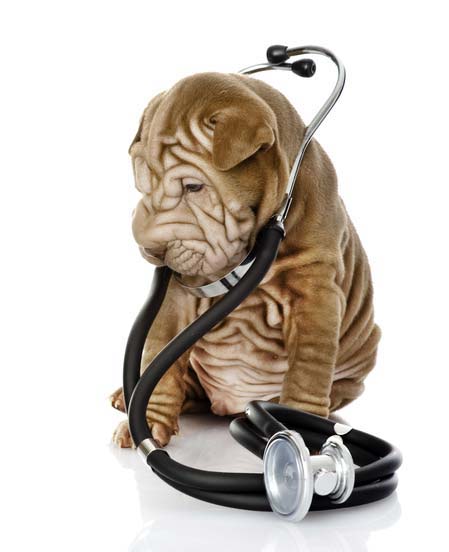It is estimated that 1 out of every 5 dogs copes with pain and discomfort in their joints. Under ideal circumstances, a dog's skeleton will not only support their frame, but work seamlessly with their muscles while they are active. Their joints have sufficient lubrication to allow their bones to move fluidly. However, many owners report that their dogs often have trouble moving without experiencing stiffness or discomfort. In this article, we will take a closer look at canine arthritis and provide a few tips to help you relieve your dog's discomfort.
Degenerative Joint Disease (DJD)
DJD (also referred to as osteoarthritis) is a condition in which your dog's cartilage gradually deteriorates. This can happen as a result of normal activity over several years or it can occur due to hip or elbow dysplasia (when the socket can no longer support the bone). Conditions such as hip dysplasia are often made worse by a dog overstretching or overexerting himself.
How To Identify Canine Arthritis
First, arthritis can affect all dog breeds (it is not exclusive to certain breeds). Second, it is progressive. The earlier you can identify it, the more quickly treatment can be applied. The simplest way to tell whether your dog is suffering from arthritis is to watch his gait. If he is constantly putting more weight on one leg, it may be a sign that he feels discomfort in one of his other legs. Also, watch your dog as he lifts his body after lying down. If he has difficulty doing so, he may have arthritis.
How To Treat Canine Arthritis
Some forms of arthritis can be treated surgically. For example, if your dog is suffering from hip dysplasia, consult your veterinarian. He may suggest that your dog is a good candidate for a hip replacement. If surgery is not an option, you can still provide your dog with relief from the pain by altering his diet (thus, controlling his weight) and having him participate in low-impact exercise (for example, swimming).
Some veterinarians will also suggest giving your dog joint supplements to help rebuild the deteriorated cartilage and reduce any inflammation. Finally, try to make your dog more comfortable at home by constructing small ramps in places that he frequents. By using the ramps, he can avoid putting undue pressure and stress on his joints.
The Comfortable Companion
Most owners don't consider the possibility that their dog can experience arthritis until it happens. Then, they're often at a loss for solutions. If you notice that your dog is displaying signs of joint pain, take him to a veterinarian. Through surgery, weight control, low-impact exercise, and a comfortable environment at home, you can provide him with relief from the pain.

 8 IMPORTANT Tips to Keep Dogs Safe This Summer
8 IMPORTANT Tips to Keep Dogs Safe This Summe
8 IMPORTANT Tips to Keep Dogs Safe This Summer
8 IMPORTANT Tips to Keep Dogs Safe This Summe
 Canine Liver Disease Diet – What To Give To My Dog?
Detect
Canine Liver Disease Diet – What To Give To My Dog?
Detect
 Cephalexin For Dogs: How it Helps
Cephalexin is one of several antibi
Cephalexin For Dogs: How it Helps
Cephalexin is one of several antibi
 Vaccinations for Your Dog: the Upshot
Debate Continues to Rage Over the N
Vaccinations for Your Dog: the Upshot
Debate Continues to Rage Over the N
 Infertility In The Bitch CHF and Zoetis Podcast Reproduction Series
The AKC Canine Health Foundation (C
Infertility In The Bitch CHF and Zoetis Podcast Reproduction Series
The AKC Canine Health Foundation (C